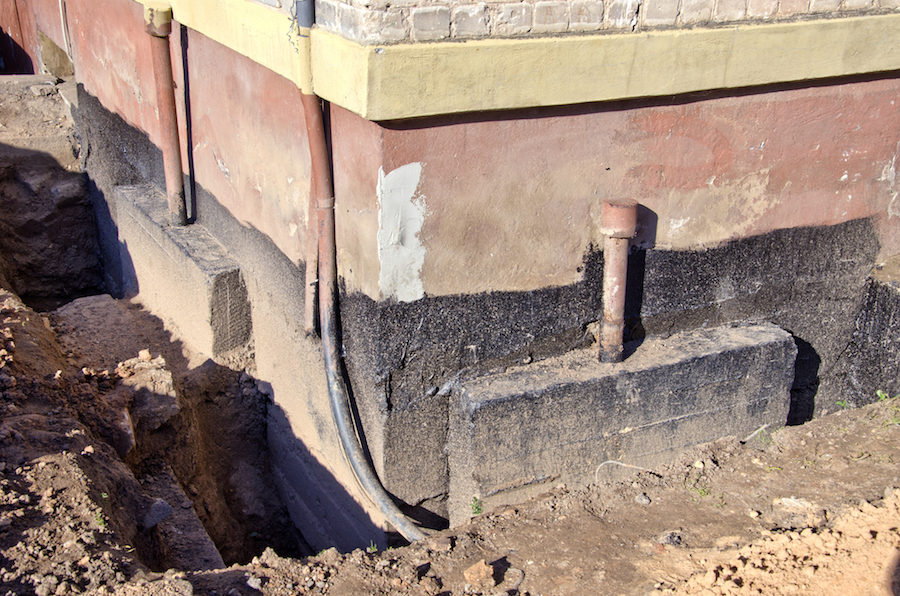Finding and fixing below-ground leaks

Underground leaks can cause major problems for a commercial building, especially if they go undetected for a long period of time. And since they’re below ground and warning signs aren’t obvious, they often do go undetected.
Causes of below-ground leaks
Underground leaks most often occur when the soil around your building becomes saturated due to poor drainage, inadequate gutter design, or a high water table.
The ground water is under extreme pressure as the weight of the ground settles against the substructure of the building. That pressure injects the water into any small cracks or seams in the substructure, which causes more wear and weakness of the structure.
Detecting leaks
One of the best ways to detect below-ground leaks is the use of infrared thermography, which highlights areas of temperature difference. The presence of moisture results in a different temperature than surrounding areas, which can be seen using an infrared camera.
While other methods, such as exterior spray testing or moisture meters, can be used for identifying other types of leaks, infrared thermography remains the best option for below-ground leaks.
Fixing leaks
Once a below-ground leak has been identified, trenching is the most common method used to fix the problem. The process starts with digging a trench around the exterior of the building to gain access to the entire foundation and footing of the building.
Then the substrate surface is thoroughly cleaned and any visible cracked or spalling concrete is repaired to reduce exposures. Finally, a waterproofing membrane is applied to the entire subgrade surface to prevent future water penetration. If needed, drainage systems and gutters can be installed before the trench is filled and compacted.
In some cases, the design of the building or potential impact to building operations means that trenching is not a viable option to resolve below-ground leaks. In these cases, an alternate method of injecting hydrophilic polymers and grouts can be used.
If you spot any potential damage to the foundation or subgrade walls of your building, take action immediately to investigate and fix the issues. Water infiltration creates a significant threat to the structure of your building, so it’s best to fully resolve the problem rather than applying temporary fixes.
